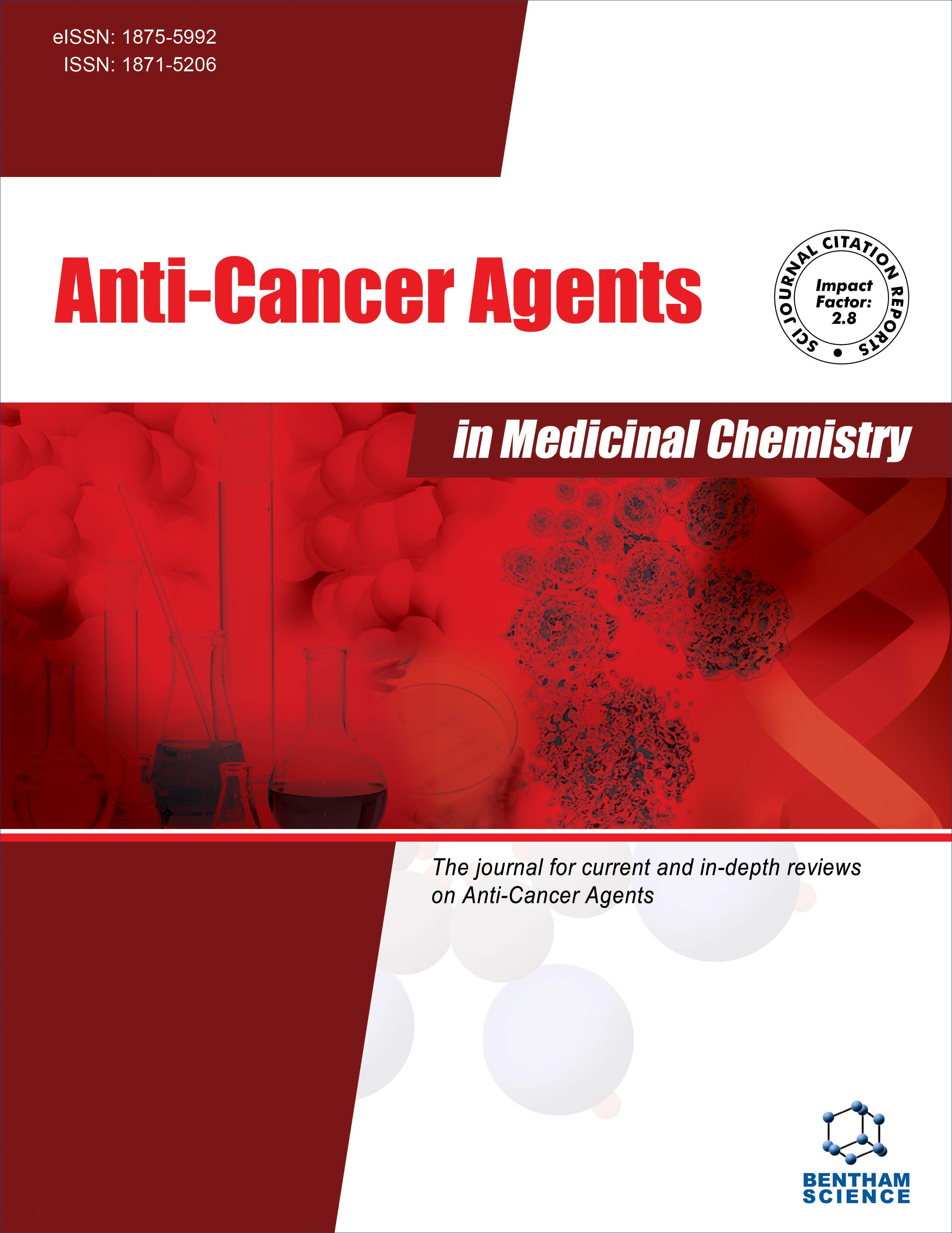
Full text loading...
Breast cancer is the most common cancer in women. Traditional treatments include endocrine therapy, chemotherapy, surgery, radiation, and immunotherapy. Recent studies suggest melittin, a component of bee venom, as a promising breast cancer treatment due to its anticancer properties: inducing cytotoxicity, apoptosis, and gene regulation.
This manuscript aims to review melittin's potential therapeutical and future implications in treating breast cancer. An extensive literature search was conducted on MEDLINE and Cochrane databases up to July 2024 using Boolean operators with a combination of keywords. After screening, data extraction, and descriptive analysis, 40 articles were retained.
Experimental data and different therapeutical strategies were collected. Melittin disrupts tumor cell membranes and modulates key apoptotic pathways. Advanced delivery systems enhance their effectiveness and reduce toxicity. Combining melittin with chemotherapy shows synergistic effects, improving outcomes. Thus, melittin could be a valuable addition to breast cancer therapies.
Further clinical trials are essential to validate its potential and establish its role in breast cancer therapy.

Article metrics loading...

Full text loading...
References


Data & Media loading...
Supplements

